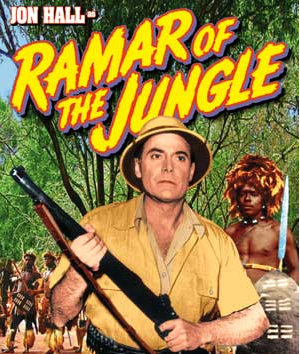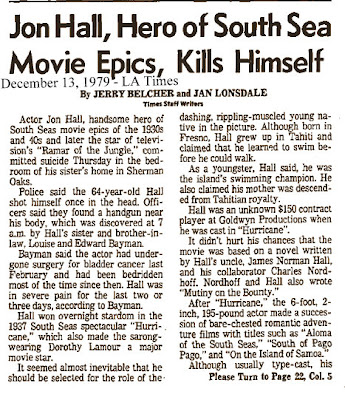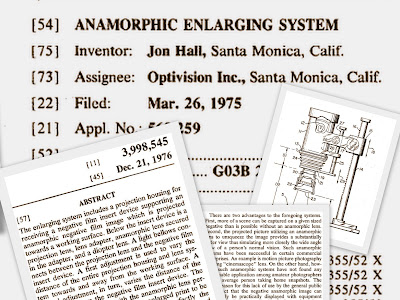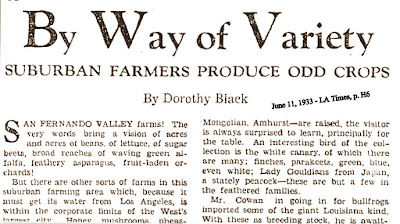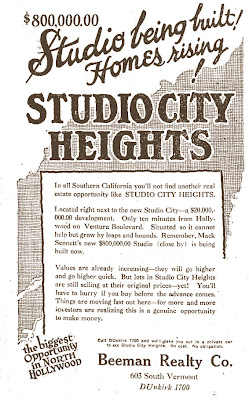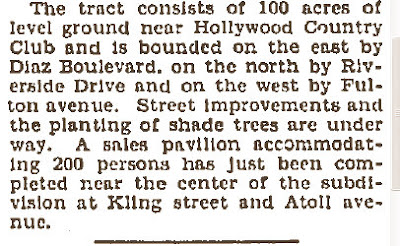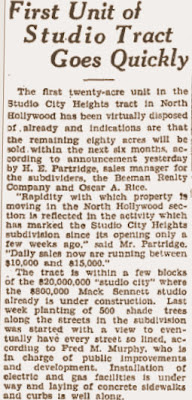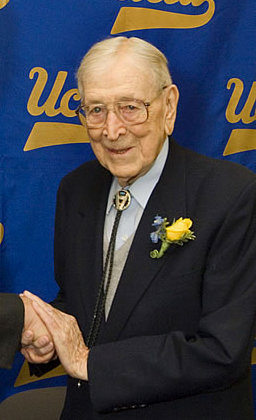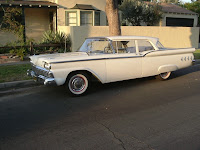In 1979, Hall was living at his sister's house on Atoll while undergoing painful chemotherapy treatments for incurable bladder cancer. PL met Hall. He learned that Hall was an inventor in addition to being an actor. Once Hall took a picture of PL's house using a wide screen lens Hall invented. "The picture was over a foot long, and I've still got it somewhere," PL said.
On December 13, 1979, Hall's brother-in-law, Edward Bayman, heard a gunshot. "He ran into Hall's room and found him dead from an apparent self-inflicted gunshot wound to the head," said Los Angeles Police Detective Russell Lyons. News crews from ABC, NBC, CBS and local television stations descended on the neighborhood to cover Hall's death along with reporters from numerous newspapers. Vans, cars and trucks were parked up and down Atoll Avenue. One car blocked the PL's driveway.
As I tried to imagine the media circus in our neighborhood, I realized today--December 13, 2009--was the 30 year anniversary of his death. It seemed eerie that I would meet PL on this particular day and he would tell me this particular story. It felt like I was in an episode of "
Until next time, I'll see you around the neighborhood. -- Jeff S.
